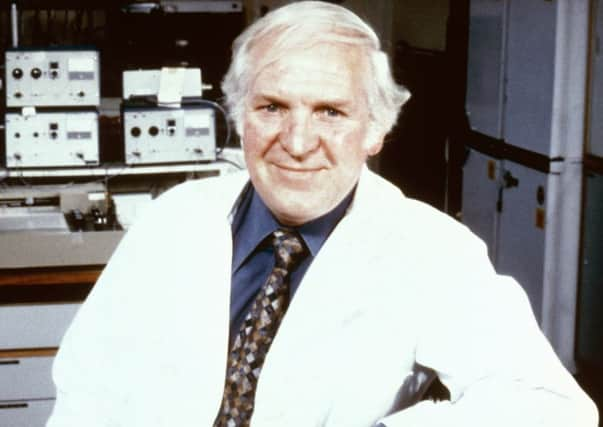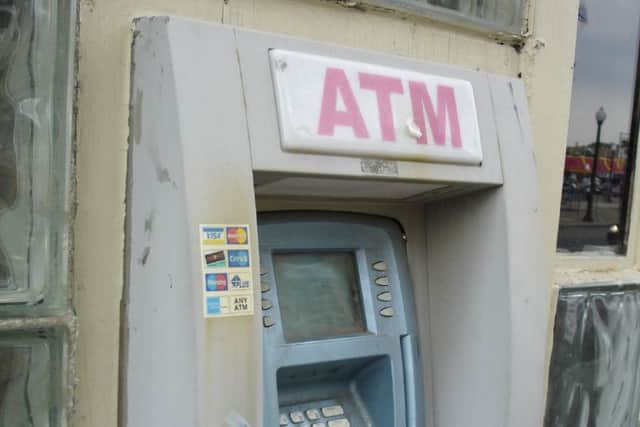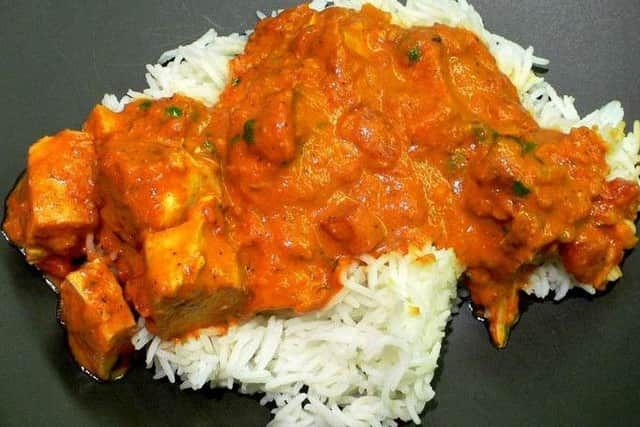Five Scottish innovations that changed the world


Automated Teller Machines (ATM)
Scottish inventor John Shepherd-Barron devised the first automated bank teller, before then, ATMs automatically accepted customers’ cash but couldn’t give money out.
Shepherd-Barron’s invention took in cheques containing Carbon 14, which were bought in advance from a bank teller and exchanged them for cash. Each cheque was chemically coded to make sure money was taken from the correct account.


Advertisement
Hide AdAdvertisement
Hide AdBarclays Bank were the first to take on the idea and by 1967 the first of the machines was in operation at Enfield in London. Shepherd-Barron went on to supervise the installation of the machines around the world. The invention changed the face of modern banking and earned the Scot an OBE for services to the industry.
PIN numbers
Shortly after Shepherd-Barron’s ATM breakthrough, another Scot developed the first bank machine with a card and personal identification number, now known as a PIN number.
Paisley native James Goodfellow patented his machine in 1966, with the numerical pin on the card replacing the mildly-radioactive token from Shepherd-Barron’s machine.


The PIN number is a numeric password used to validate electronic transactions. The invention now authenticates billions of pounds of ATM transactions every day around the world.
Goodfellow actually sees himself as the inventor of the ATM, telling The Scotsman in 2007: “Among my friends and family, [the ATM] is known as Jim’s money machine.”
Beta blockers
Beta Blockers
Lanarkshire born Sir James W. Black invented the first clinically significant beta blockers, propranolol and pronethalol, which are considered to be one of the most important contributions to clinical medicine of the 20th century.
Black grew up in Fife, studied medicine at St Andrews University and went on to win the 1988 Nobel Prize for medicine.
Beta-blockers now play an essential role in the treatment of angina and heart attacks.
Chicken Tikka Masala
Advertisement
Hide AdAdvertisement
Hide AdIt has been claimed that one of the nation’s favourite curries was invented right here in Scotland. MP’s led by Mohammed Sarwar, claim the dish was invented in Glasgow in the early 1970s. Sarwar said in 2009 that he wanted the city to be given EU Protected Designation of Origin status for the curry.
It has been suggested that the mild curry was created decades ago in a Glaswegian kitchen by Asian immigrants in a bid to cater to Western palates.
Apparently the dishes origins lie in the Shish Mahal restaurant in Park Road in the west end of Glasgow.
Although it still remains up for debate whether Scotland can claim the dish as its own, the chicken tikka masala has changed the course of curry history.
Radar
Sir Robert Watson-Watt was the brains behind radio detection and ranging, radar for short, which helped win the Battle of Britain. The technology is now used to keep passengers safe by detecting the flightpath for every commercial airplane in the world.
Radar was developed as the threat of enemy planes on the move became ever greater during World War Two. Throughout the war, radar arrays gave the Royal Air Force a crucial edge in detecting enemy planes.
Originally from Angus, Watson-Watt graduated from University College, Dundee and then the University of St Andrews, and then became a meteorologist. He used radio waves to locate thunderstorms from his base at the Royal Aircraft Factory in Hampshire.